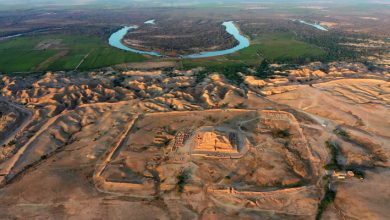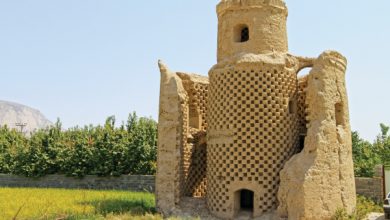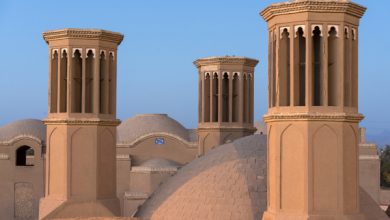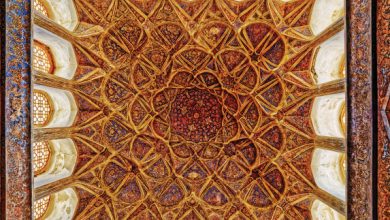
Author: Shadi Ganji/ Translated by: Mohammad Ali Haghshenas/ Photo by: Farshid Rahimi Kalahroudi
Years ago, while excavating a cemetery dating to the 2nd millennium BCE, the issue of burial rites and how our ancestors viewed death became more and more appealing to me. The way the dead are buried in any society has a direct connection with the beliefs and thoughts of the living within that community. Some common patterns found in burial sites are perhaps the result of a similarity in beliefs. In ancient times, unlike today, religion and religious beliefs played a significant role in people’s lives and were a means for understanding the surrounding environment and interacting with it. Meanwhile, antiquities associated with the concept of death, the afterlife and interacting with the dead, more than any other aspect of ancient people’s beliefs, have been discovered due to the abundance of ancient cemeteries.
One interesting historic site, located near Pirazmiyan village some 60 kilometres northwest of Ardabil and created by the residents of ancient Iran, is Shahr Yeri.1 The 200-hectare site was established in a special location at a high altitude; it is situated between the plains to the west and the Gharasu river valley to the north and east. You may have seen pictures of the site’s carved standing stones. Many, incorrectly, think that these are gravestones. The archaeologist Charles A. Burney who studied the site in 1978 labelled them as gravestones due to their similarity to gravestones that had earlier been discovered in Turkey and Azerbaijan and also because he didn’t conduct any archaeological excavations. Later, when a team headed by Alireza Hejebri Nobari excavated Shahr Yeri from 2004 to 2007, it became clear that the standing stones are made up of volcanic rocks, transferred from another location, and are not gravestones! During the archaeological excavations, no human bones or burial pits were found under the stones, so the theory that they were intended as headstones was completely disproved. So, what was the purpose of these stones?…
Find more on:



